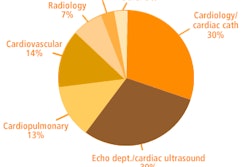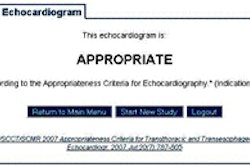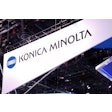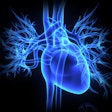Dear Cardiac Imaging Insider,
Aided by technology, innovation, and a growing body of clinical experience, coronary CT angiography (CTA) has come a long way toward acceptance in a few short years. The worrisome radiation doses of the past have mostly been cut down to size, cost analyses in several patient groups are coming in on the sunny side -- even regulatory battles appear to be at bay for now.
Yet in other ways the work is just beginning. Still largely unknown are the best ways to use coronary CTA's diagnostic and prognostic powers, and on this topic researchers at Weill Cornell Medical College in New York City are off to a very good start. At last week's Society of Cardiovascular Computed Tomography (SCCT) meeting in Las Vegas, Cornell's James Min, MD, presented the first results in a large international database that has accrued more than 10,000 patients to date. You'll find the rest of the story by clicking here.
Also from the SCCT meeting, researchers in South Carolina compared three different workstation platforms for the assessment of soft plaque in coronary CT angiography. Results from the three systems were all over the place.
Of course, many believe that the real competition for best overall cardiac imaging test will ultimately come not from CT or MRI, but from echocardiography. In that vein, researchers in London put SPECT head to head with contrast-enhanced echocardiography to evaluate the hibernating myocardium. You'll find the story by senior editor Erik L. Ridley here.
And in Durham, NC, SPECT myocardial perfusion imaging was a potent predictor of sudden cardiac death in patients with low ejection fractions, reports features editor Wayne Forrest. Another report showed how a new SPECT radiopharmaceutical agent was effective in diagnosing acute coronary syndrome long after symptoms have stopped.
From last week's American Association of Physicists in Medicine meeting, a new image-processing algorithm was successful in cutting the CT radiation dose in perfusion imaging by as much as 95%. Which is fortunate, because overall cardiac imaging doses are still high, according to a report in the Journal of the American College of Cardiology.
You'll find the rest of the news in the links below, wrapped up fresh daily for you in the Cardiac Imaging Digital Community.



















